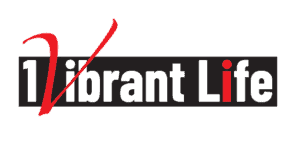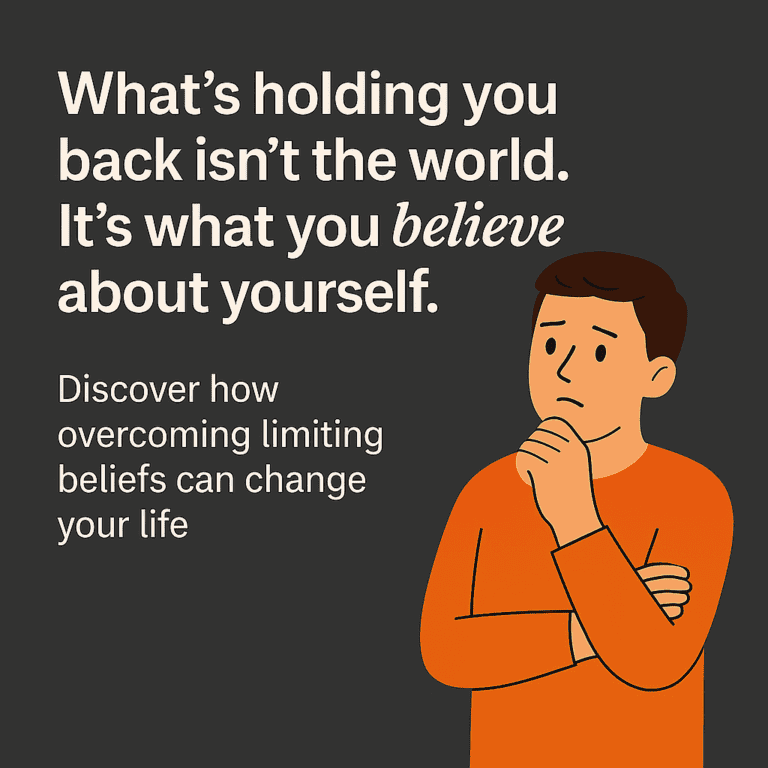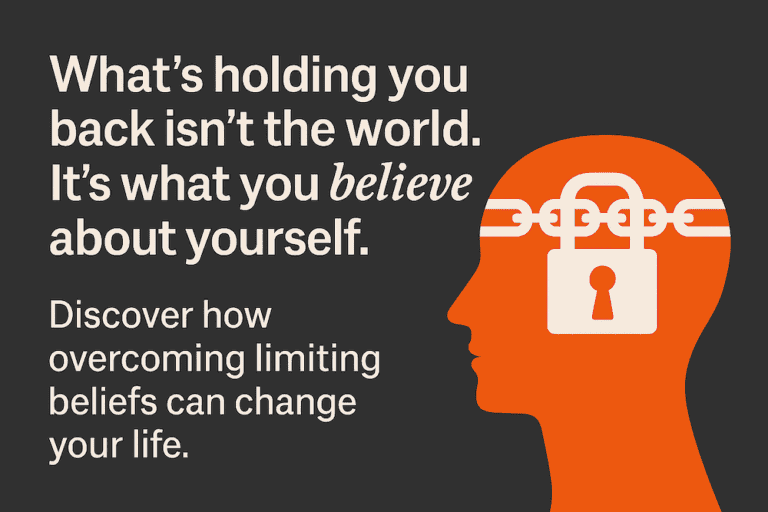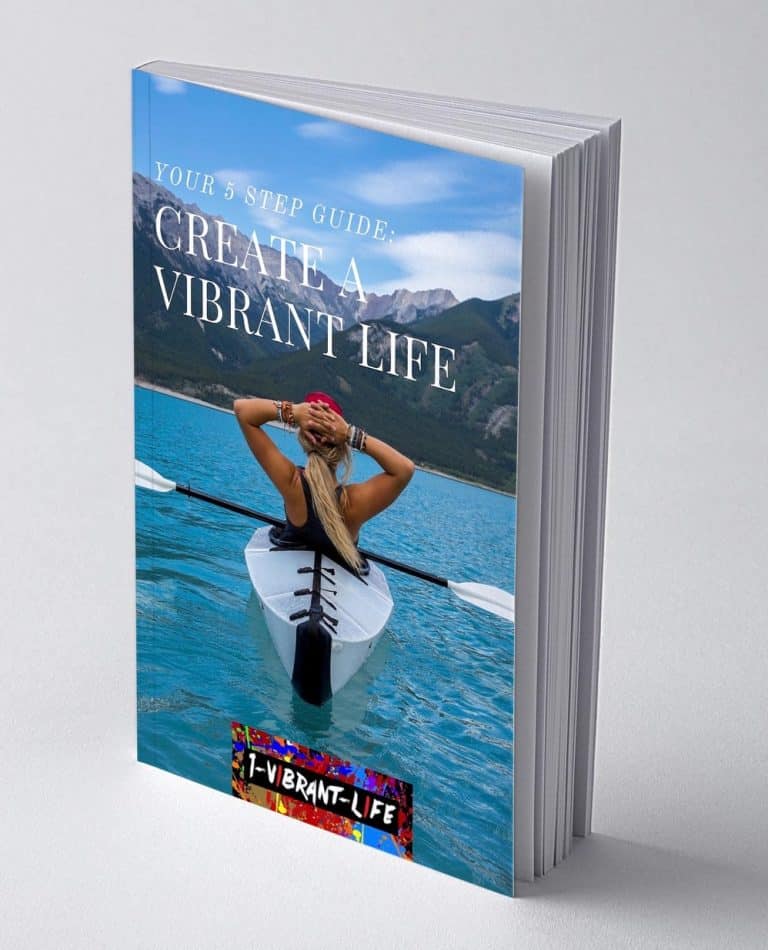Opening Up Your Heart To Overcome Unconscious Bias
Opening up your heart involves opening up your mind: taking your mind out of neutral and placing it firmly in gear in order to avoid or overcome unconscious bias that is sadly a feature of life in this time of unrest and upheaval.
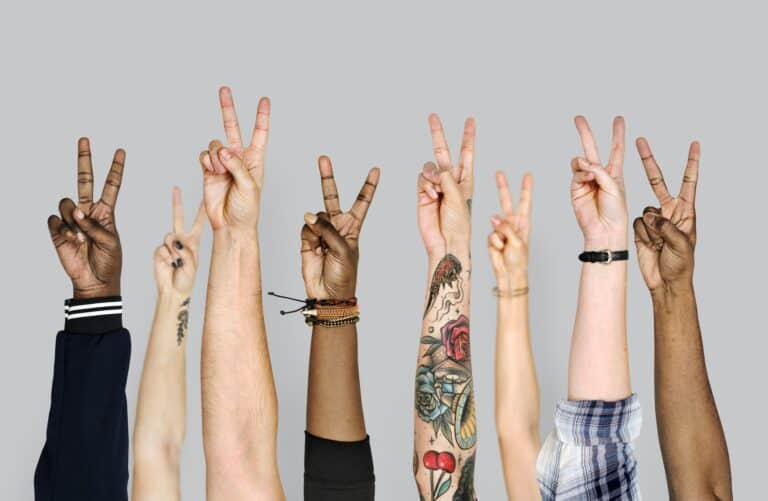
Let us bloom like a flower, by opening our heart and mind, by smiling and by becoming kind.
~ Debasish Mridha
Claire Law | October 24, 2020
Opening up your heart to overcome unconscious bias
We’ve all been there: that sudden realization that you’ve driven to work without actually really being aware of the journey. Miles of freeway traveled as we rely on automatic.
Or the emerging awareness that you’ve managed to eat the entire pack of popcorn without really stopping to taste, enjoy, or even notice each kernel—muscle memory serving to place kernel by kernel into our mouth without distracting us from the movie.
Both of these are examples of our brains working on autopilot. The automatic mind means unconscious thought.
There are times when it suits us to zone out, to turn our thinking analytical brain off for a while, and allow what Kahneman (2011) calls our “system one” brain to take over.
That is the fast, emotional, unconscious thinking mode that requires little effort.
Most everyday activities (like driving, talking, cleaning, etc.) make heavy use of this type one system. Sadly, unconscious bias also results from this system.
Opening up your heart involves opening up your mind: taking your mind out of neutral and placing it firmly in gear in order to avoid or overcome unconscious bias that is sadly a feature of life in this time of unrest and upheaval. Continues…
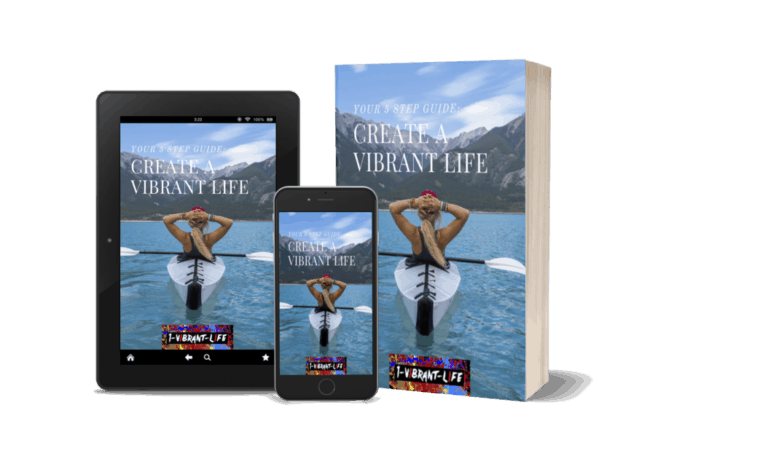
eBook
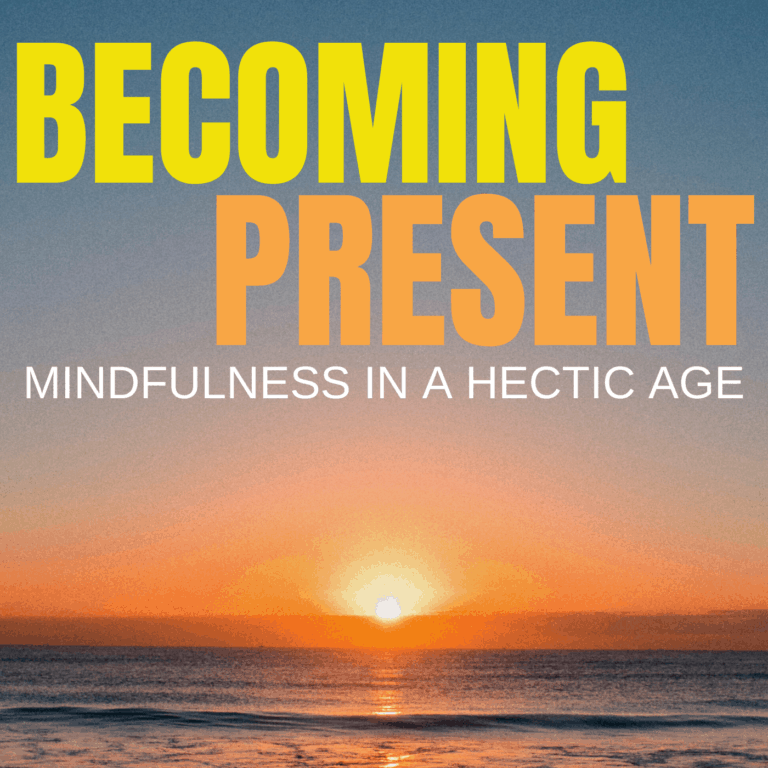
Audio eBook
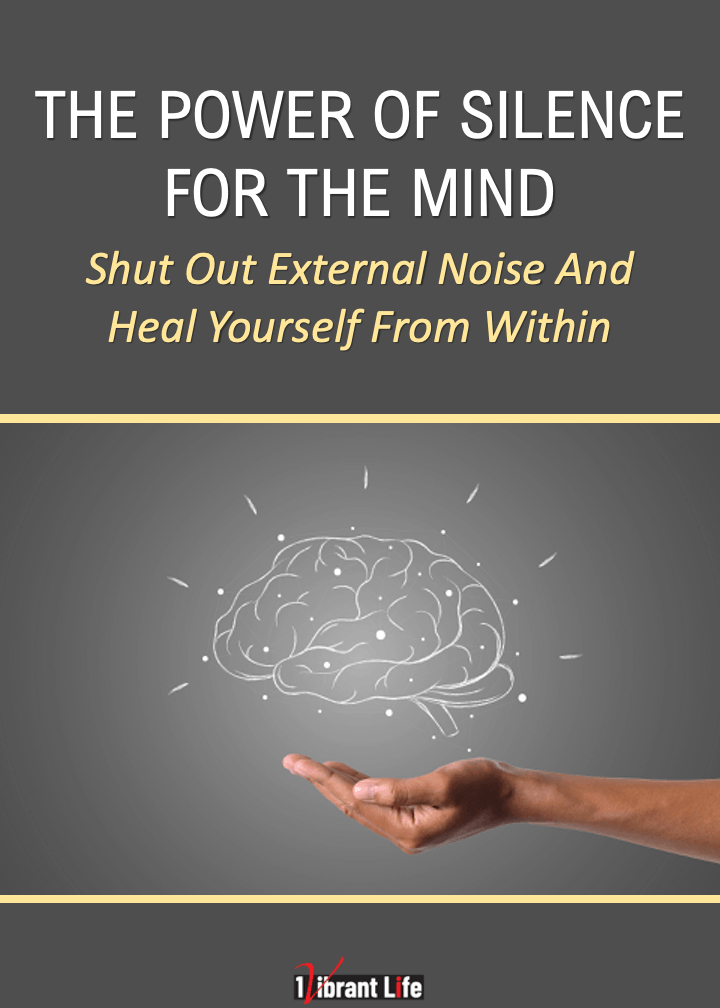
eBook
Three personal growth tools for you as a gift for visiting 1VibrantLife.com
Type one thinking becomes problematic when we rely on unconscious thinking to inform and guide our interactions with others. Then, it’s all too easy to fall into behavior and speech that are devoid of conscious thought or awareness.
Behavior and speech reflect the unconscious biases we have introjected and absorbed as a result of living in an unjust society full of inequality. Behavior and speech mean we become part of the problem, part of the injustice and inequality. Unquestioned, unexamined.
A life lived on autopilot feels shallow and problematic for those committed to personal development and personal improvement. Opening up your heart towards growth and self-actualization impacts the mind, body, and soul.
The journey towards openness includes being open to bringing consciousness and awareness to our biases, thinking, and mental processes.
Towards examining our behavior and speech, and the unconscious biases that drive our decision making.
It means a commitment to spending less time in autopilot and more time in Kahneman’s (2011) system two thinking: the sort of slow, logical, and conscious thought that allows us to question our unconscious biases in order to choose a different way to live.
Let’s explore how we might go about living with an open heart and open mind in order to commit to the examined life, which is at the heart of overcoming unconscious bias.
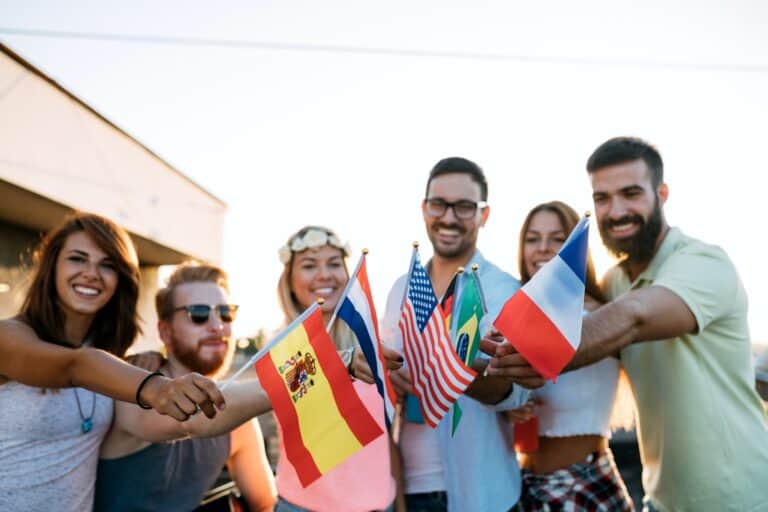
A simple smile. That’s the start of opening your
heart and being compassionate to others. — Dalai Lama
What do we mean by Unconscious Bias?
The Cambridge English Dictionary defines bias as: “the action of supporting or opposing a particular person or thing in an unfair way because of allowing personal opinions to influence your judgment.”
We can be biased in conscious or explicit ways. In Blink: The Power of Thinking Without Thinking, Malcolm Gladwell refers to such bias as “what we choose to believe.”
Alternatively, we might act in an unconsciously or implicitly biased way.
Such bias results in prejudice and discrimination based on ethnicity and race, age, gender, gender identity, physical abilities, religion, sexual orientation, and weight, among other things.
Indeed, humanity has found a myriad of ways to label and treat unfavorably certain groups as “other than.” The particular danger of unconscious bias results from the very fact that the beliefs, attitudes, and stereotypes that fall into this category are outside of our conscious awareness.
It’s hard to do something about a bias we remain blissfully ignorant of. Everyone holds unconscious beliefs about various social and identity groups, and these biases stem from the human tendency to take shortcuts through grouping, patterning, and automation.
These are “the immediate, automatic associations that tumble out before we’ve even had time to think.” (Malcolm Gladwell, in Blink: The Power of Thinking Without Thinking). Without scrutiny, they remain blind spots that impact society without our conscious awareness.
The term implicit bias was first used in 1995 by psychologists Mahzarin Banaji and Anthony Greenwald, who proposed that social behavior is primarily influenced by unconscious associations and judgments (Greenwald & Banaji, 1995). So, it is these unconscious associations and judgments that impact our actions that are the basis of unconscious bias.
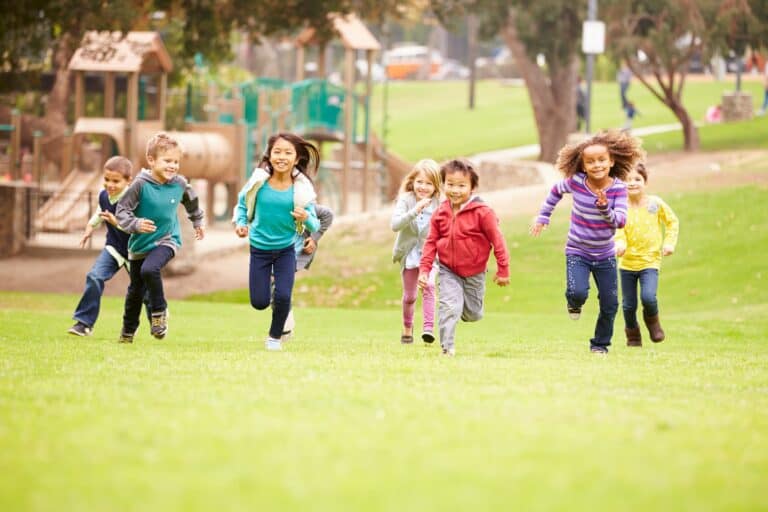
“I have a dream that my four little children will one day live in a nation where they will not be judged by the color of their skin but by the content of their character.” ~ Martin Luther King, Jr.
Why and How do we develop Unconscious Bias?
Neuroscience has shown our brains respond more strongly to information about ethnic groups who are portrayed unfavorably (Spiers et al., 2017).
This means that the biases and prejudices all around us impact the ways in which we view others from an early age.
Even at pre-school age, we know that children have already begun to seek out patterns and recognize what distinguishes them from other groups (Baron, Dunham, Banaji, & Carey, 2014). We absorb the Social and Cultural influences that surround us.
It’s thought that prejudice serves some basic human function, in that stereotypes involve clustering people into groups.
This allows us to process vast quantities of data and stimulus as we navigate the world without being overwhelmed by information.
Yet, such thought is fast, dirty, and crude.
Yes, our brains like to seek out patterns and associations. Our brains like to take mental shortcuts.
Yet, without conscious examination of this “lumping together” we risk making unjust and ignorant decisions, devoid of analytical or higher thought.
Implicit bias is a result of taking one of these cognitive shortcuts inaccurately (Rynders, 2019).
During times of stress and pressure, humans are more likely to fall back on old, misinformed, and untested assumptions (Wigboldus, Sherman, Franzese, & Knippenberg, 2004).
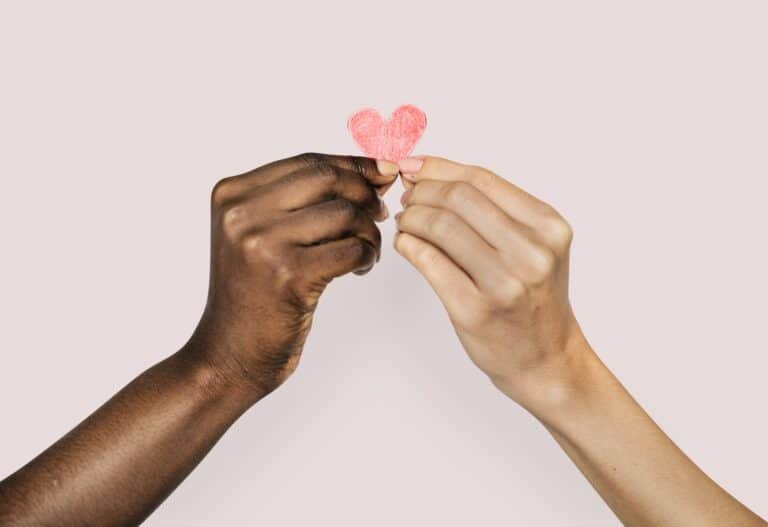
Microaggressions: Unconscious Bias in Action
In an increasingly aware society, it is tempting to consider discrimination a thing of the past.
However, such an attitude is short-sighted and blinkered and ignores the evidence, which tells a very different story.
Particularly when we consider the microaggressions – the daily and persistent acts of prejudice and discrimination that are borne out of both conscious and unconscious bias.
Author and psychologist Derald W. Sue defines the term as “everyday slights, indignities, put-downs and insults that people of color, women, LGBT populations or those who are marginalized experiences in their day-to-day interactions with people.”
For example, White job applicants were found to be 74% more likely to have success than applicants from ethnic minorities with identical CVs.
University professors are far more likely to respond to emails from students with white-sounding names.
US Doctors have been found to prescribe less pain medication for their Black and Latino patients than for their White patients.
It may simply be the act of crossing the road to avoid someone of a different ethnic profile or the assumption that someone’s partner must be of the opposite gender.
That is the stuff of these everyday microaggressions founded on unconscious bias.
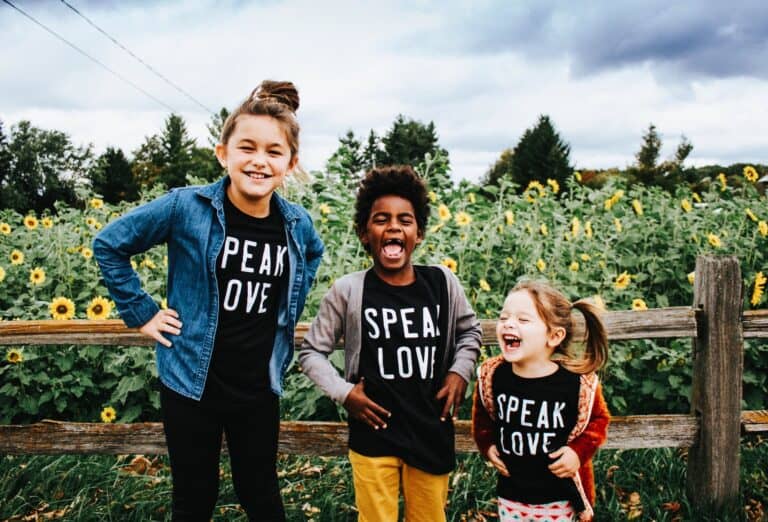
In the sea of love, I melt like salt, Faith, Doubt – they both dissolve. A star is opening in my heart, The worlds turn in it. ~ Rumi
Committing to Open Heart and Open Mind Living
With a commitment to awareness and conscious living, it is possible to shine a light on and identify our implicit biases so that they become explicit biases.
This occurs when we become actively aware of the prejudices and beliefs we possess.
Now held in your conscious mind, you now have a choice to maintain or challenge these biases.
For those committed to personal development and open-heart living, such awareness becomes an opportunity for growth that benefits us and others.
Such a commitment allows the opportunity to remove the blinkers that keep us from recognizing our own role in prejudice and discrimination.
Opening Up Your Heart and Mind to Consciousness
Because of the harmful nature of unconscious biases, proactive steps are required to identify and challenge these hidden prejudices so that the unconscious becomes conscious.
Such awareness then invites action. There are many steps that we can take as part of a commitment to open-hearted living.
Mindfulness and mediation:
Mindfulness and meditation allow us to tap into awareness and consciousness and are helpful stressbusters. Less stress means less mental overload and less reliance on the sort of mental shortcuts that are a feature of unconscious bias.
A 2016 study found that mediation decreased unconscious bias against black people and elderly people (Lueke & Gibson, 2016), making mindfulness and meditation helpful tools for open-hearted living.
Education:
Education widens our horizons and opens our minds, challenging preconceived ideas and prejudices. Education helps us to identify our implicit biases, so we can work towards overcoming such biases.
Education is not only confined to the school and college classrooms. Learning about other cultures and social groups can come through books, media, and conversations.
We can all take responsibility for ongoing education by adopting an attitude of cultural humility, whereby we accept we can always learn more.
Consider Your Internal Dialogue:
The conversations we have with ourselves can be part of our commitment to open-hearted living and consciousness-raising.
In fact, a lack of internal dialogue indicates an unwillingness to question or challenge ourselves through analytic thinking.
Asking ourselves why we are committing to a certain action or saying something challenges that automatic, reflexive response that is often based on unconscious bias.
Ask yourself regularly who you trust and why?
Who do you avoid, and why?
Such internal questions can help bring out into the open the bias that has remained in the shadows.
Why it matters?
Sonya Renee Taylor, author of The Body Is Not an Apology: The Power of Radical Self-Love explains how unchallenged unconscious biases ultimately uphold and maintain discrimination:
“Systems do not maintain themselves; even our lack of intervention is an act of maintenance. Every structure in every society is upheld by the active and passive assistance of other human beings.”
In other words, to do nothing in relation to our unconscious biases is to contribute to the maintenance of oppressive structures that are part of our society. If we want to see an end to prejudice and discrimination, then we have to be prepared to be part of ending prejudice and discrimination.
Challenging prejudice and discrimination begins by recognizing and then challenging our own prejudice and discrimination.
In Conclusion:
The takeaway, then, is that unconscious biases remain a barrier to open-hearted living. Opening up your heart to overcome unconscious bias is an important and ethical responsibility for those committed to consciousness and personal growth.
There are practical steps we can take towards greater awareness consciousness. This in turn allows us to take action as a result of such awareness.
References:
Baron, A. S., Dunham, Y., Banaji, M., & Carey, S. (2014). Constraints on the acquisition of social category concepts. Journal of Cognition and Development, 15(2), 238-268.
Banaji, M. R., & Greenwald, A. G. (1995). Implicit gender stereotyping in judgments of fame. Journal of Personality and Social Psychology, 68(2), 181–198.
Gladwell, M. (2005). Blink: The power of thinking without thinking. Little, Brown and Co.
Kahneman, D. (2011). Thinking, fast and slow. Farrar, Straus and Giroux.
Lueke, A., & Gibson, B. (2016). Brief mindfulness meditation reduces discrimination. Psychology of Consciousness: Theory, Research, and Practice, 3(1), 34–44.
Rynders, D. (2019). Battling Implicit Bias in the IDEA to Advocate for African American Students with Disabilities. Touro L. Rev., 35, 461.
Spiers, H. J., Love, B., Pelley, M. E., Gibb, C. E., Murphy, R. A., (2017). Anterior Temporal Lobe Tracks the Formation of Prejudice, Journal of Cognitive Neuroscience 2017 29:3, 530-544.
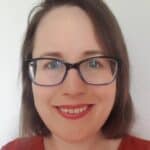
Claire Law is a UK-based Counsellor and Psychotherapist from Preston, Northern England. Claire became a therapist after a career of almost two decades of High School teaching experience. She’s also worked extensively in the Social Care and Charity Sectors, and as a Mental Health Advisor in Higher Education. Claire combines her current Psychotherapy practice with freelance writing on Mental Health, Wellbeing and Psychology topics. She has a passion for Social Justice and environmental causes.
Claire holds a degree from Nottingham University, a Post Graduate Certificate in Education from Leeds Trinity University College and a Post Graduate Diploma in Integrative Psychotherapy from the University of Central Lancashire. She’s completed a wide range of extensive training and certifications in Domestic Abuse, Survivors of Sexual Abuse & Sexual Violence, Suicide and Self-Harm, Expressive Arts Therapy, Gender Variance, Online and Telephone Counselling and Polyvagal Regulation developed by Stephen Porges, a professor of psychiatry at the University of North Carolina and “Distinguished University Scientist” at Indiana University.
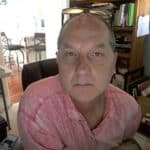
My Name is Marty Ward and I’m the creator and publisher of the 1-Vibrant-Life blog.
At the age of 26, in 1984, I was injured in a car accident in which I sustained a traumatic brain injury.
At the time of the accident, I was having a fairly successful life as a musician in Chicago, which included a recent appearance on Star Search 84′ with Ed McMahon and preparing to be included in a group major independent recording contract.
However, after my accident, I was unable to perform or play my instrument. I was out of work and I had lost all confidence in myself and my abilities, felt lost and with no direction.
My injury and my recovery led him down a path of self-improvement, and self-discovery which gave me my life back filled with many amazing experiences and a newfound sense of hope. Learn more about my story on the 1-vibrant-life about page.
CBTCP Certification (Cognitive Behavioral Therapy Certified Practitioner) | 10-16-2021 Certification From The Academy of Modern Applied Psychology, in The Transformative Science of Cognitive Behavioral Therapy, CBT
